TRIATHLÈTES D'ÉLITE
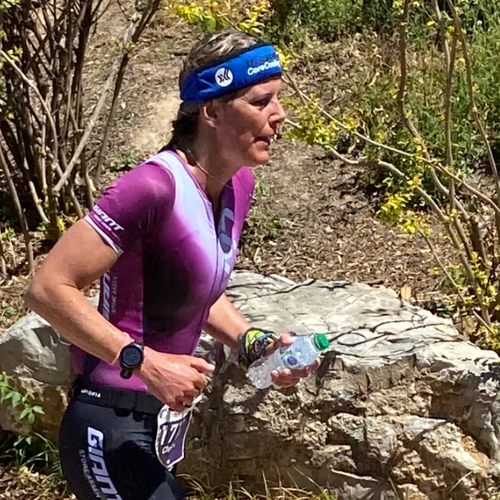
Christel de Jong
The Netherlands"My body felt great and thanks to that cooling headband I had no heat at all, super! Read more at See profile."
See profile Instagram
Jana Uderstadt
Germany"Before the World Championships in Kona I used CoreCooling during training and measured a decrease of 0.5 ºC when using the CoreCooling neckband and arm-sleeves. Read more at See profile."
See profile Instagram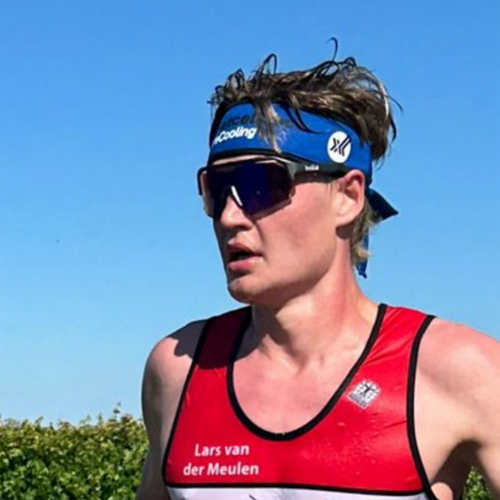
Lars v.d. Meulen
The Netherlands"It is difficult to describe, but I just feel there is something cooling on my head during the race and that is a very pleasant, comfortable feeling. Read more at See profile."
See profile Instagram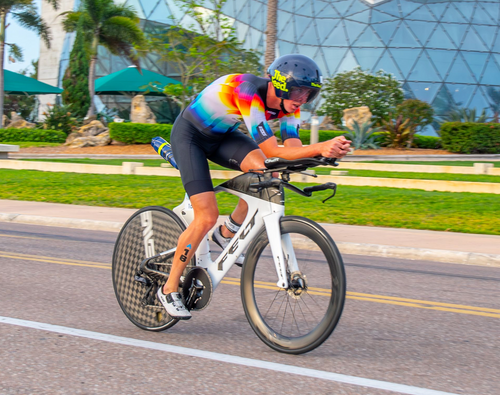
Marc Dubrick
USA"Currently, we are monitoring my thresholds based on perceived effort and race data. My coach (mainly remote coaching) and I have always wanted to incorporate lactate into my training. We believe the new sensor can make lactate measurements more feasible and it will eliminate any guesswork."
See profile Instagram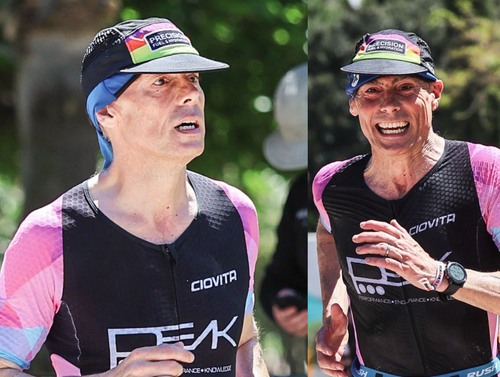
Matthew O'Conner
United Kingdom"I used CoreCooling during the run and I am so pleased I had it! Read more at See profile."
See profile Instagram
Mattia Ceccarelli
Italy"I usually test lactate during race pace training. Mostly myself, or my coach , when he is present. I really think this new sensor will be the new gold standard in training. It will be really useful during race pace, threshold and under threshold sessions, to be sure to work in the right zone."
See profile Instagram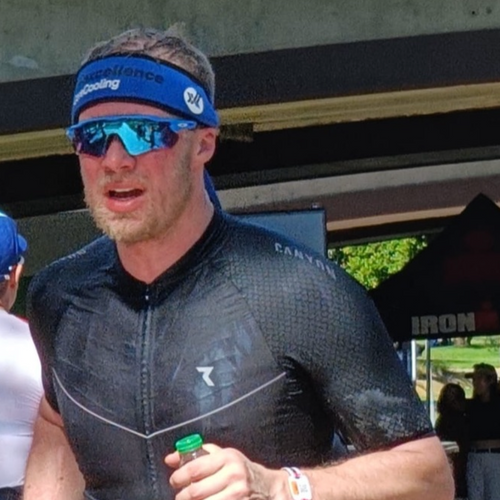
Miika Hirvi
Finland"I was testing CoreCooling in the 1/2 triathlon race and it works! My feeling was much cooler, it helped me a lot. Read more at See profile."
See profile Instagram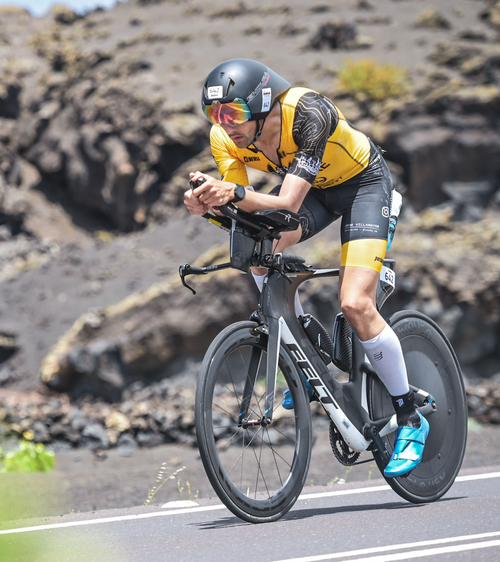
Pablo Donaire
Spain"I am a Spanish triathlete who has qualified for the IM 70.3 in Taupo. I want to maximize my performance. I have made many lactate tests with portable meters, so I know how to train with these measures and my training zones are fixed based on them. The new sensor would give me much more data."
See profile Instagram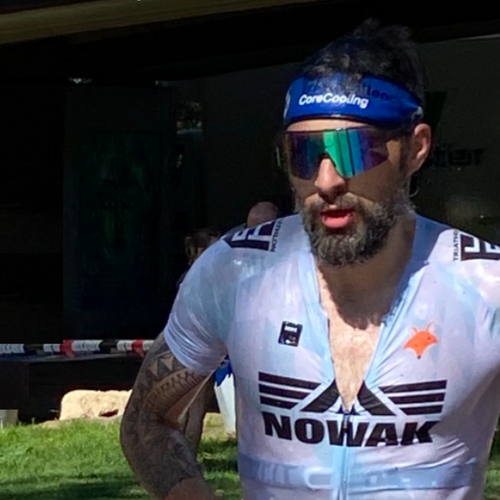
Tom Paolin
Belgium"I used CoreCooling during the 1/2 triathlon and I was very pleasantly surprised at how well the CoreCooling worked. Read more at See profile."
See profile Instagram